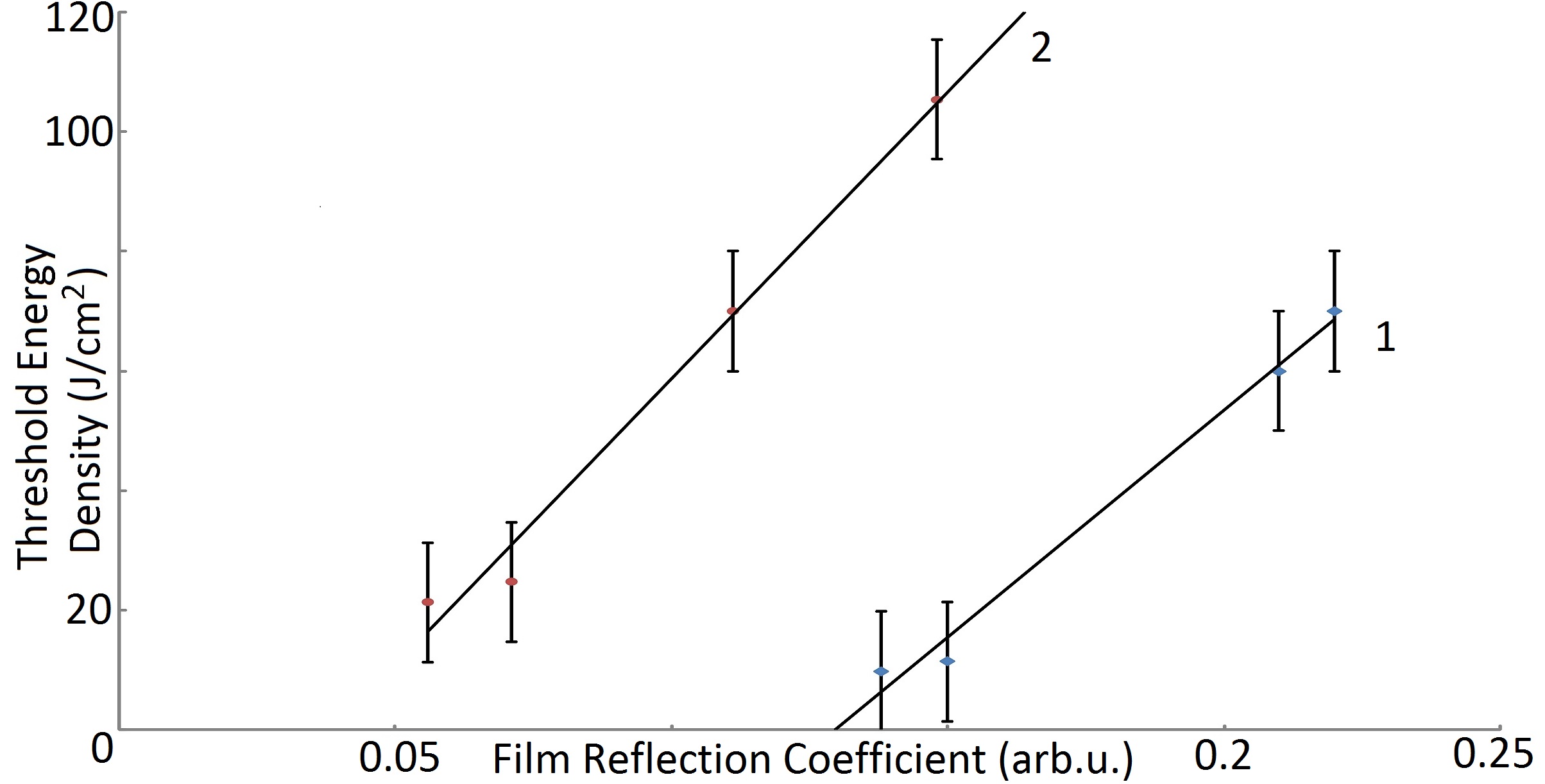NANOSYSTEMS: PHYSICS, CHEMISTRY, MATHEMATICS, 2019, 10 (6), P. 632–636
SiO2 barrier layer influence on the glass composites with oxide nano films laser ablation destruction
V. G. Shemanin – Novorossiysk Polytechnic Institute of Kuban State Technological University, Karla Marksa street, 20, Novorossiysk, 353900, Russia; vshemanin@yandex.ru
E.V. Kolpakova – Novorossiysk Polytechnic Institute of Kuban State Technological University, Karla Marksa street, 20, Novorossiysk, 353900, Russia; evge.kolpakova@yandex.ru
A. B. Atkarskaya – Belgorod State Technological University named after V. G. Shukhov, Novorossiysk branch, Myskhakskoe shosse, 75, Novorossiysk, 353919, Russia; atkarsk06@mail.ru
O.V. Mkrtychev – Belgorod State Technological University named after V. G. Shukhov, Novorossiysk branch, Myskhakskoe shosse, 75, Novorossiysk, 353919, Russia; oleg214@ya.ru
This study concerns the composites optical characteristics dependence on the chemical composition of the oxide nanofilms from TiO2–MexOy and on the existence of a SiO2 barrier layer. The laser ablation destruction threshold energy density values decrease with the light transmission growth in the visible range of the composites for one- and double-layer nanofilms. These properties measurement results dependences for the composites with one- and double-layer nanofilms can be connected with various structure and composition of the complexes which were formed in the films.
Keywords: glass composites, nano film, laser ablation, threshold energy density, light transmission.
PACS 65.80.-g, 68.35.bj, 68.60.-p, 68.90.+g
DOI 10.17586/2220-8054-2019-10-6-632-636
